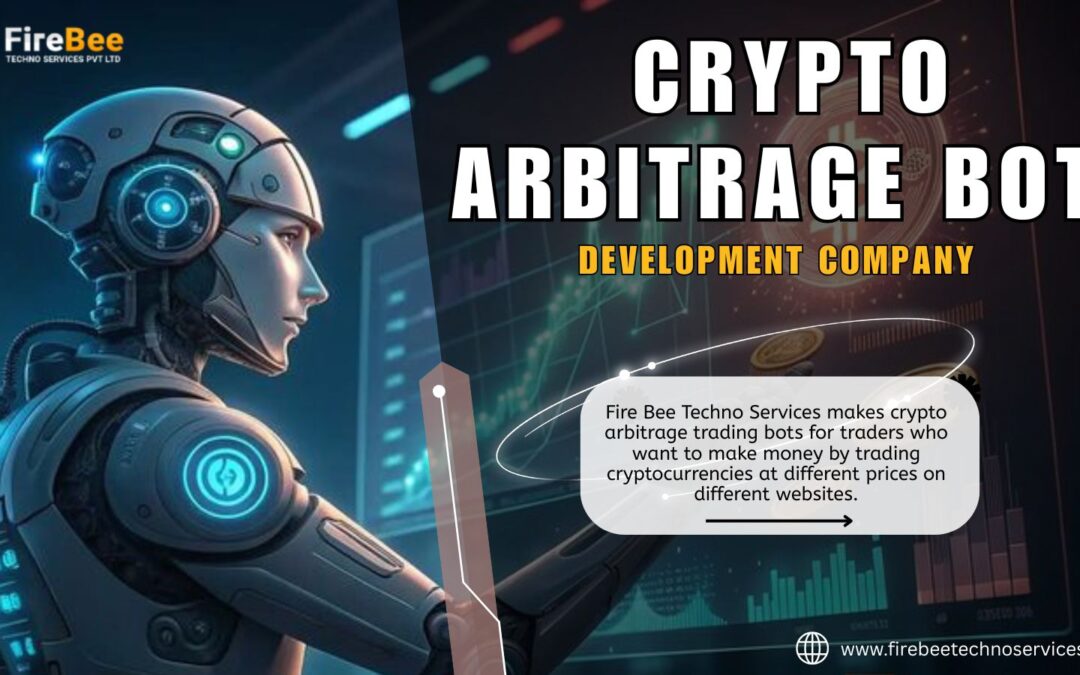The success of Airbnb has revolutionized the travel and hospitality industry, proving that a well-designed platform can connect millions of hosts and guests worldwide. But what powers such an app? Building an Airbnb-like platform requires a robust tech stack that ensures scalability, security, and seamless user experience.
In this deep dive, we’ll explore the technology stack behind Airbnb-like apps, covering everything from frontend and backend frameworks to machine learning, APIs, and future tech trends.
Introduction to Airbnb-Like Apps
Airbnb disrupted the hospitality industry by allowing homeowners to rent out their spaces to travelers. An Airbnb-like app must support:
-
User profiles (hosts and guests)
-
Property listings with high-quality images and descriptions
-
Search & discovery with filters (location, price, amenities)
-
Secure online payments
-
Real-time messaging
-
Reviews & ratings
To build such an app, developers need a well-structured tech stack that balances performance, security, and scalability.
Understanding the User Journey
How Guests Use the App
-
Search & Discovery – Guests browse properties using filters.
-
Booking & Payments – Secure transactions with multiple payment options.
-
Communication – Messaging hosts for queries.
-
Post-Stay Reviews – Leaving feedback for future guests.
How Hosts Manage Listings
-
Listing Creation – Adding property details, photos, and pricing.
-
Booking Management – Accepting/rejecting reservations.
-
Payouts – Receiving payments securely.
-
Customer Support – Handling guest inquiries.
A seamless UI/UX design is crucial for keeping users engaged. Checkout: https://zipprr.com/airbnb-clone/
Software Architecture of an Airbnb-Like App
Most modern platforms like Airbnb use microservices architecture instead of a monolithic structure.
Why Microservices?
-
Scalability – Different services (payments, search, messaging) can scale independently.
-
Faster Deployments – Teams can update features without disrupting the entire app.
-
Fault Isolation – If one service fails, others remain functional.
Data Flow in the App
-
Frontend (React/React Native) → Displays UI to users.
-
Backend (Node.js/Ruby on Rails) → Handles business logic.
-
Database (PostgreSQL/MySQL) → Stores user and property data.
-
APIs (GraphQL/REST) → Connects frontend and backend.
-
Third-Party Services (Google Maps, Stripe, Twilio) → Adds extra functionality.
How Machine Learning Enhances User Experience
Airbnb uses AI and machine learning to improve personalization and security:
🔍 Smart Search & Recommendations
-
Collaborative filtering suggests properties based on past bookings.
-
Natural Language Processing (NLP) helps in understanding search queries.
💰 Dynamic Pricing for Hosts
-
AI analyzes demand, seasonality, and local events to suggest optimal pricing.
🛡️ Fraud Detection & Risk Management
-
ML models flag suspicious transactions and fake accounts.
Core Programming Stack
Frontend Development
⚛️ React.js / React Native
-
Airbnb’s mobile app uses React Native for cross-platform performance.
-
React.js powers the web version for a responsive UI.
📖 Storybook
-
A tool for UI component testing and documentation.
🕸 GraphQL
-
More efficient than REST APIs, allowing clients to request only needed data.
Backend Development
🌐 Node.js / Ruby on Rails / Django
-
Node.js (fast, scalable)
-
Ruby on Rails (Airbnb’s original backend)
-
Django (Python-based, great for rapid development)
📦 AWS / Google Cloud
-
Hosting, storage, and serverless computing via AWS Lambda, EC2, S3.
🔥 Firebase
-
Real-time database for chat and notifications.
APIs & Third-Party Integrations
🗺️ Google Maps API
-
Powers location-based search and directions.
💳 Stripe / PayPal
-
Secure payment processing with PCI compliance.
✉️ Twilio / SendGrid
-
SMS and email notifications for bookings.
Data & Analytics
📊 Big Data Tools (Hadoop, Spark, Kafka)
-
Processes large datasets for analytics.
🔍 Elasticsearch
-
Enables fast, accurate search results.
Security & Performance
🔐 OAuth, JWT, SSL Encryption
-
Protects user data and transactions.
⚡ CDN & Caching (Cloudflare, Redis)
-
Improves load times for global users.
Key Features & Their Underlying Technologies
🔍 Search & Discovery
-
Elasticsearch for fast filtering.
-
Google Maps API for geolocation.
💸 Online Payments & Payouts
-
Stripe API for secure transactions.
-
Multi-currency support via Forex APIs.
💬 Real-Time Messaging
-
Firebase or WebSockets for instant chat.
🛑 Fraud Detection & Trust Systems
-
AI-based anomaly detection to prevent scams.
⭐ Reviews & Ratings System
-
NLP-based sentiment analysis to detect fake reviews.
Challenges in Building & Maintaining the Tech Stack
-
Handling Peak Traffic – Black Friday or holiday surges require auto-scaling.
-
Data Privacy & Compliance – GDPR, CCPA, and PCI-DSS regulations.
-
Third-Party API Reliability – Dependency on Stripe, Google Maps, etc.
Future Tech Trends for Airbnb-Like Apps
🧠 AI-Powered Personalization
-
Hyper-personalized travel suggestions using deep learning.
🌐 Extended Reality (AR/VR) Experiences
-
Virtual property tours before booking.
🔗 Blockchain for Trust & Transparency
-
Smart contracts for automated bookings.
🏠 IoT & Smart Home Integration
-
Smart locks for keyless entry.
Conclusion
Building an Airbnb-like app requires a powerful, scalable tech stack combining React/React Native for frontend, microservices for backend, AI for personalization, and secure payment APIs. Future trends like AR/VR tours, blockchain trust systems, and IoT integration will further enhance user experience.







0 Comments